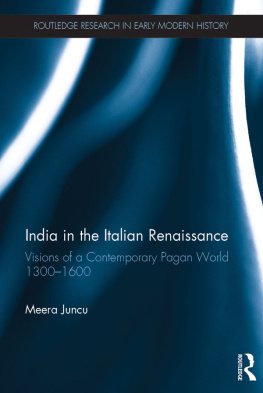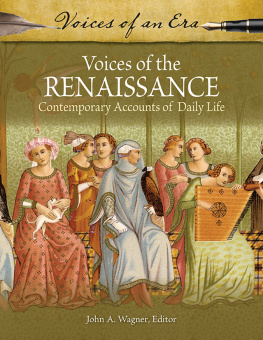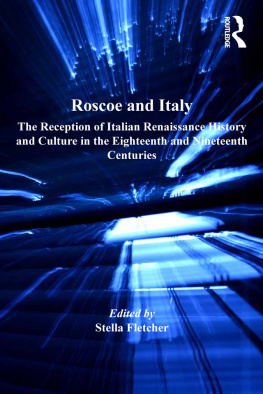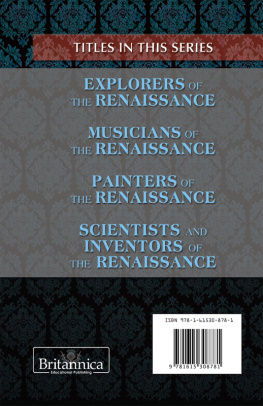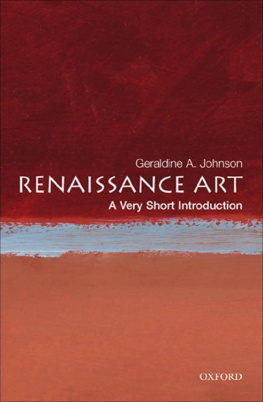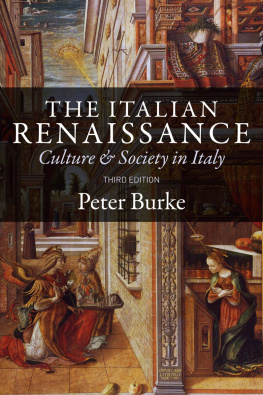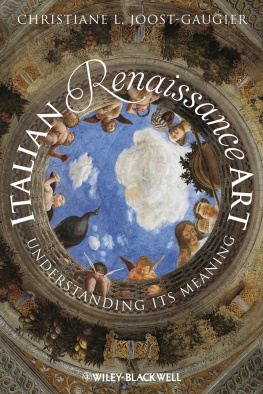Cover
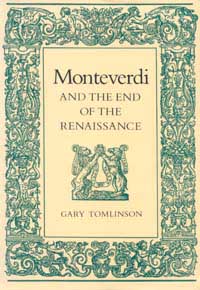
| title | : | Monteverdi and the End of the Renaissance |
| author | : | Tomlinson, Gary. |
| publisher | : | University of California Press |
| isbn10 | asin | : | 0520069803 |
| print isbn13 | : | 9780520069800 |
| ebook isbn13 | : | 9780585384047 |
| language | : | English |
| subject | Monteverdi, Claudio,--1567-1643.--Vocal music, Vocal music--16th century--History and criticism, Vocal music--17th century--History and criticism, Renaissance--Italy. |
| publication date | : | 1990 |
| lcc | : | ML410.M77T7 1987eb |
| ddc | : | 784/.092/4 |
| subject | : | Monteverdi, Claudio,--1567-1643.--Vocal music, Vocal music--16th century--History and criticism, Vocal music--17th century--History and criticism, Renaissance--Italy. |
Page i
Monteverdi
AND THE END
OF THE
RENAISSANCE
Page ii
This page intentionally left blank
Page iii
Monteverdi
AND THE END
OF THE
RENAISSANCE
GARY TOMLINSON
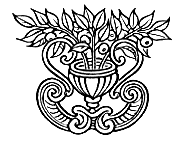
UNIVERSITY
OF CALIFORNIA
PRESS
Berkeley Los Angeles
Page iv
This publication has been supported
by a subvention from the
American Musicological Society
University of California Press
Berkeley and Los Angeles, California
1987 by
The Regents of the University of California
First Paperback Printing 1990
LIBRARY OF CONGRESS CATALOGING IN PUBLICATION DATA
Tomlinson, Gary.
Monteverdi and the end of the Renaissance
Bibliography: p.
Includes index
1. Monteverdi, Claudio, 15671643. Vocal music.
2. Music16th centuryHistory and criticism.
3. Music17th centuryHistory and criticism. I. Title.
ML410.M77T7 1987 784.0924 84-24104
ISBN 0-520-06980-3
Printed in the United States of America
1 2 3 4 5 6 7 8 9
Page v
To my mother and father
Page vi
This page intentionally left blank
Page vii
Contents
Preface | PAGE ix |
Introduction |
|
Oppositions in Late-Renaissance Thought: Three Case Studies | PAGE 3 |
The Perfection of Musical Rhetoric |
|
Youthful Imitatio and the First Discovery of Tasso (Books I and II) | PAGE 33 |
Wert, Tasso, and the Heroic Style (Book III) | PAGE 58 |
Guarini and the Epigrammatic Style (Books III and IV) | PAGE 73 |
EXCURSUS 1
A Speculative Chronology of the Madrigals of Books IV and V | PAGE 98 |
Guarini, Rinuccini, and the Ideal of Musical Speech | PAGE 114 |
EXCURSUS 2
The Reconciliation of Dramatic and Epigrammatic Rhetoric in the Sestina of Book VI | PAGE 141 |
Page viii
The Emergence of New Ideals |
|
Marino and the Musical Eclogue (Book VI) | PAGE 151 |
Marinism and the Madrigal, I (Book VII) | PAGE 165 |
Marinism and the Madrigal, II (Developments after Book VII) | PAGE 197 |
The Meeting of Petrarchan and Marinist Ideals (The Last Operas) | PAGE 215 |
The End of the Renaissance |
|
Monteverdi and Italian Culture, 15501700 | PAGE 243 |
Works Cited | PAGE 261 |
Index of Monteverdis Works and Their Texts | PAGE 271 |
General Index | PAGE 277 |
Page ix
Preface
THE MUSIC HISTORIAN focuses first on works of music, whatever else he might survey. These are his primary texts. They are ordered systems of symbols, linguistic webs that conveyed meanings to those who created, performed, and listened to them. The historians task is to describe what he takes to be those meanings.
In this book I attempt to describe the meanings of the secular works of Claudio Monteverdi, the foremost Italian composer at the end of the Renaissance. My narrative revolves around the works themselvesnine books of madrigals, three complete operas and a fragment of a fourth, and numerous canzonette, scherzi, and arie, all produced between 1584 and 1642. But it is not restricted to these works. For, as anthropologists, general historians, and others frequently remind us, meaning does not reside in isolated expressive acts but arises from the relations of these acts to their contexts. In seeking to understand the significance of an individual artwork, we seek to describe as fully or, in the fashionable parlance, as thickly as possible its connections to the context from which it arose.
These connections take various forms because the context of any work is manifold and complex. The linguist A. L. Becker has enumerated four general categories of relation between a text and its context; they conform rather neatly to the conceptions underlying my book and may serve as the starting point for a synopsis of it. The contextual relations of a text and its constituent units, Becker writes, include I. The relations of textual units to each other within the text. 2. The relations of textual units to other texts. 3. The relations of units in the text to the intention of the creators of the text. 4. The relation of textual units to nonliterary events with which units in the text establish relations of the sort usually called reference. In Monteverdi and the End of the Renaissance my narrative shifts among four varieties of interaction between Monteverdis works and their contexts, each similar to one of Beckers categories: from analysis of individual works (Beckers relations within texts), to the placing of these works in traditions of similar works (relations among texts), to description of Monteverdis expressive ideals manifested in his works (the creators intentions), to elucidation of the relations of
. A. L. Becker, Text-Building, Epistemology, and Aesthetics in Javanese Shadow The atre, p. 2I2. I was introduced to Beckers work by the cultural anthropologist Clifford Geertz, who discusses it in Local Knowledge, pp. 3033.
Page x
the works to the broader ideologies of the culture that produced them (extratextual reference).
The organization of the book reflects these more-or-less distinct perspectives. Chapter I begins with a sketch of Italian culture in the sixteenth centurya composite portrait, I should say, pieced together from the writings of many historians of the Renaissance. This culture was marked above all by a tense confrontation of many opposed ideologies; two of them, late humanist currents and revivified scholasticism, bear particular relevance to my subject. After this introduction the bulk of chapter I reconsiders, in the light of the standoff of humanist and scholastic values, the famous polemics of three important cultural leaders around 1600: Galileo Galilei, the poet Giambattista Guarini, and Monteverdi himself. The chapter as a whole provides a conceptual frame within which to view Monteverdis achievement.
Next page

